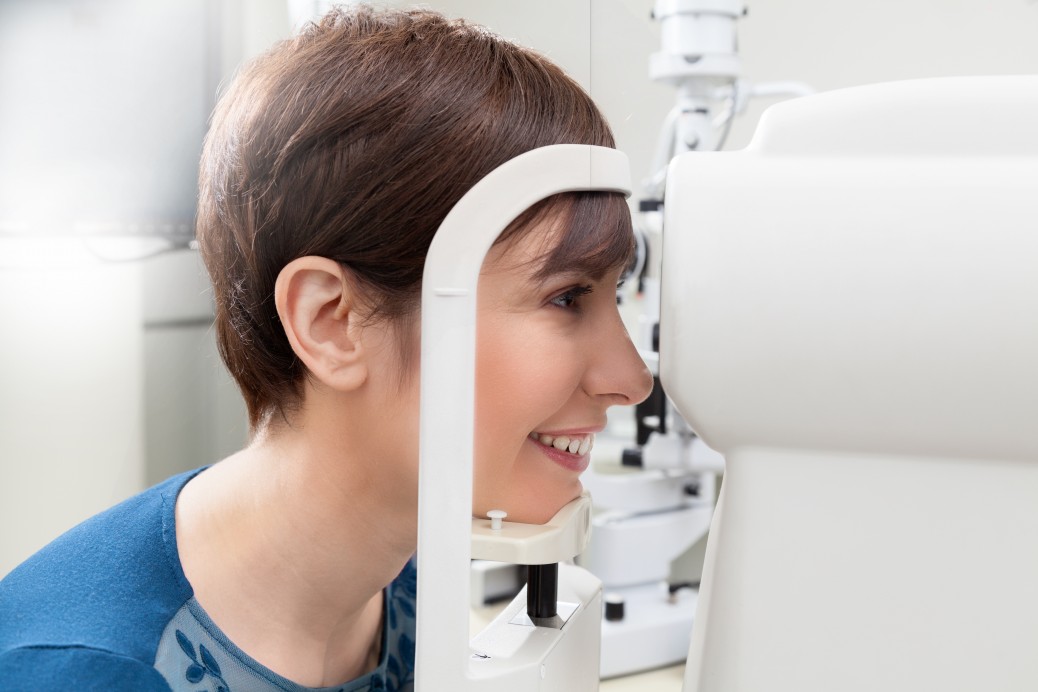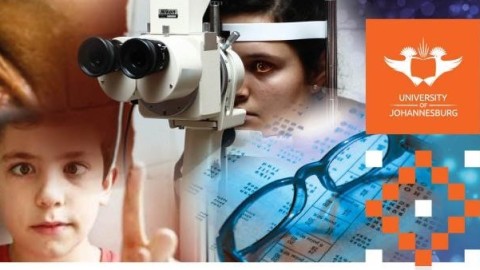Solani David Mathebula
solani.mathebula@ul.ac.za
Department of Optometry, University of Limpopo,
Private Bag x 1106, Sovenga, 0727
South Africa
Refraction is the foundation of optometry and correcting poor vision due to optics is the existence and pride of optometry. Currently, there is a tendency in optometry to downgrade mathematics, physical science and optics to make way ocular diseases management courses. This is good but should not be done on the expense of refraction and optics. There is a decline in students’ understanding of the optics and science of vision but can name all drugs used for the treatment of stomach disorders.
Refraction is the determination and provision of the best optical correction for a visual anomaly. However, the term refraction has many different connotations to different fields. Other optometrists do not even know the meaning of refraction but think of it as performing JCC. To competent optometrists refraction refers to aspects of refractive procedures (21 points) and analysis and could be could be applied to ophthalmic optics and binocular vision analysis.
Downgrading refraction to expand the use of 90 D and binocular indirect ophthalmoscope will devolve the skills that are the backbone of optometry. To deliver the correct therapeutic devices (spectacle, contact lenses, magnifiers, etc), the determination of the correct doses (refraction) and how to dispense and deal with side-effects is very important. If we discard these skills we might risk the scope of the profession to be limited in diseases management and doing JCC alone and all the therapeutics devices given to Optical dispensers and ophthalmic nurses.
The purpose of an optometrist is to provide clear and comfort vision, and refraction is very important to an experienced and committed optometrists and their patients. A good refraction makes patients to visit us again. That is what patients need, clear and comfortable vision. A proper refractive correction can enhance occupational, educational and recreational performance as well as quality of life. Nothing is more gratifying than see a child, who had been doing poorly at school become an achiever after wearing spectacles. Refraction is the most important part of the visual system examination.
The income of an optometrist is largely dependent upon refraction and the prescription of eye ware. Currently, ophthalmologists are exhorting their collegues to become more active in refraction and optics. Optical dispensers might be seeking legal status to perform refraction and provide spectacles and contact lenses.
To remain the profession and an academic leader in vision care, requires the effort of dedicated scholars. There should be a continued emphasis on clinical refraction and the appropriate basic science background in optometry curriculum. The curriculum should also include strong emphasis on geometrical optics, ophthalmic optics and binocular vision because improper spectacle can be a source of patient dissatisfaction and optical prescriptions sometimes require modification due to binocular vision anomaly. Also, we need dedicated researchers and applied researchers who will expand the understanding of physiological mechanisms responsible for the eye, and working to develop new methods of refraction and ophthalmic devices. We need to have more researcher papers on optics and refraction in our journals.
We need to portray the significant elements of the existence of optometry. Most optometry students are doing optometry because they were not accepted in medicine. They are doing optometry because they want to go into the field of medicine. So, we committed optometric educators and practitioners should convey to optometry students an enthusiasm not only for the expanded scope of optometry but also for the result of a careful refractive analysis, helping our patients to see clearly and comfortably. However, even with expansion in scope of practice, optometry is still independent and unique profession but not medicine. Refraction and optics are the core strengths of optometrists. These strengths are not shared equally with any other eye-care professions.
We should never allow optometry to be like most university courses where training is for vocation. If we teach students only about things that are seen as relevant to become an optometrist, then we training our students for vocation but not for life learning. Currently, students do not see optics as the foundation of optometry but just a mere module to be passed. Where advances in ophthalmic corrections are being made or researched, optometry is just a bystander. Soon, correcting presbyopia and myopia may no longer be in the domain of optometry but cured not managed by ophthalmologists. Refractive surgeries, corneal surgeries (LASIK, corneal inlays), adaptive intraocular lenses are being developed to restore some degree of accommodation.
We need to encourage the opportunity for optometrists to pursue masters and doctoral studies in areas with a strong background in vision care, such as binocular vision, low vision, environmental optometry, contact lenses, etc. We need to encourage and stimulate clinical research in our undergraduate program.
Bibliography
- Adams AJ. The new visual optics. Optom Vis Sci 2006 83(6) 329-330.
- Atchison DA. Who needs optics? Clin Exp Optom 2003 86(1) 1-2.
- Borish I. Optometry: its heritage and its future. Indiana J Optom 2001 4 23-31.
- Harris WF. A perspective from Mopane. Optom vis Sci 1997 74(6) 3339-341.
- Lakshminarayanan V. Teaching optics in a multi-disciplinary curriculum: experience from optometry programs.
- Naroo SA, Grit F. Optometry and optics in Europe. Contact Lens and Anterior Eye. 2009 32(3) 101-102.
- Nourrit V. Should optics be taught to optometry students?
- Rosenbloom AA. Research or stagnation? An AOF challenge. Optom Vis Sci 2001 78(11) 771-772.
- Sheedy J. Optical curriculum in optometry schools and colleges – are we properly preparing students for private practice? In: Mopane 2006: International conference on Visual Optics. Ed; A Rubin, University of Johannesburg, South Africa.
- Thibos LN. The new visual optics. Optom Vis Sci 1997 74(7) 465-466.









